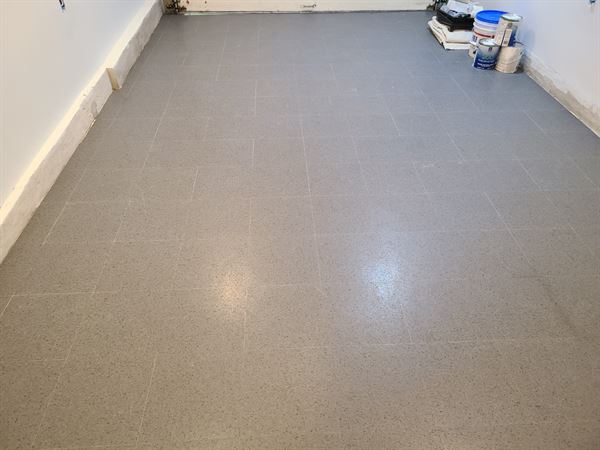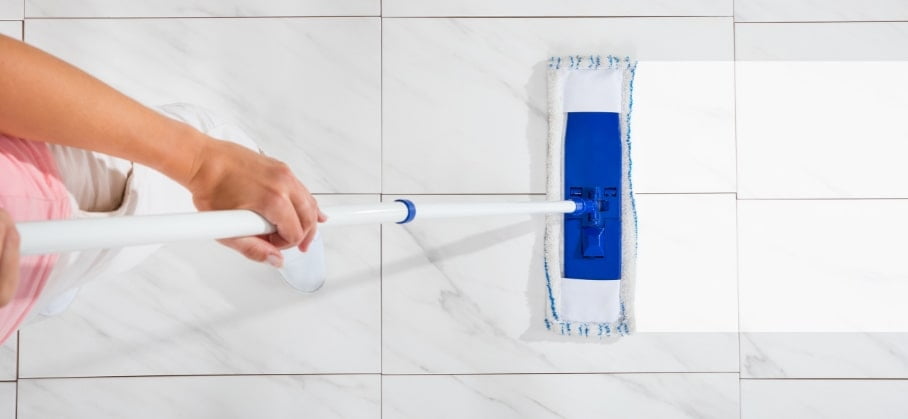All You Need to Know About Bamboo Floors
All You Need to Know About Bamboo Floors
Blog Article
Just how do you feel on the subject of How do you maintain vinyl flooring??

Bamboo flooring is famous for many property owners due to its advantages. It has actually come to be the significant choiced flooring for service as well as property owners whenever there is demand for sustainability.
Bamboo just like wood, is at risk to dents and also breaking when humidity degrees fluctuate.
Are you believing about bamboo flooring for your house? We will additionally review the different types of bamboo flooring readily available on the market.
Types of Bamboo Flooring
There are 3 fundamental alternatives: strand-woven, upright, as well as horizontal. Homeowners can pick which type of bamboo flooring to buy based upon their attributes. The purchaser's designated aesthetic impacts the picked Bamboo flooring kind.
Engineered Bamboo Flooring
Both solid and crafted bamboo flooring choices are available. Once the bamboo wood fits, it isn't simple to compare them.
Their differences are due to their production. Crafted bamboo wood has a slim plywood backing.
Whether engineered or solid, bamboo flooring is durable, durable, as well as attractive.
Engineered bamboo flooring utilizes the floating timber flooring over a slim foam base. They might likewise be in the type of wide planks. They are offered in widths up to 19 cm.
Strong - Straight Bamboo Flooring
You will observe that this type is nearly the same as upright bamboo flooring. It has a slight variation. Horizontal bamboo is among the most prominent types of bamboo flooring.
It is made by drying massive strips of bamboo, cutting these bigger items into thinner strips, and afterwards gluing them to form slabs. The boards will certainly then be subject to stress as well as warm to ensure they are well secured.
All-natural bamboo has a lighter shade. While carbonized bamboo will be much less hard than routine bamboo, if you need a darker shade, it may do you excellent.
Strand Woven Bamboo Flooring
Shredding the bamboo to draw out the fibers is just one of the more drawing steps in generating strand-woven bamboo floorings.
The bamboo fiber is commonly mixed with a sticky after it's made to a pulp. The material is after that knitted as well as compressed under excellent heat, as the name recommends.
After making horizontal and also vertical bamboo, the strips offer to create hair woven bamboo. The eco-conscious customer might locate this feature appealing. The reason is that it guarantees that the entire bamboo stalk creates extremely little waste.
Strong - Vertical Bamboo Flooring
Thin strips of completely dry bamboo timber glued up and down and also pressed utilizing high heat and also stress produce this kind of bamboo flooring.
The thinnest side of the bamboo planks will certainly remain in a vertical kind. A firm bonding, pushing, and lamination will adhere to. Because of their method of joining, the bamboo strips include a narrow grain pattern.
The advantage about this sort of bamboo flooring is that it is extremely affordable as well as durable. Additionally, it provides a classy and also stylish flooring finish. Yet it is not widely readily available.
When Choosing Bamboo Flooring, functions As Well As What to Keep in Mind
With a multi-layered finishing, bamboo flooring will be rather resilient. Maintain in mind that future touch-ups might need a much more experienced flooring professional.
Using your finish will make matching repair services easier when established up in your home. The finish will not last as long as manufacturing facility coatings.
Besides that, right here are some amazing attributes of bamboo flooring.
Eco-Conscious
This flooring comes from a natural plant called the bamboo plant. When contrasted to various other tree varieties made use of to make wood flooring, bamboo grows more and also much faster.
Economical Upkeep
You can maintain bamboo flooring in good condition by cleaning and also damp mopping. So despite being much more vulnerable to scrapes, bamboo flooring is extremely simple to preserve.
You may get bamboo floorings that are as good as new by sanding them down and also using a fresh layer of paint.
Durable
Bamboo flooring is not produced equal. There are lots of sorts of bamboo, as well as the different techniques utilized to transform it right into planks affect its longevity.
Bamboo, like hardwood flooring, can end up being vulnerable to tear and also use over time. Additionally, scraping, cracking, and other damage might happen. You can likewise sand some bamboo to look like hardwood, yet not all.
Bottom Line
It's straightforward to know why bamboo flooring has ended up being more popular nowadays. For virtually any residence, bamboo supplies numerous solid and audio remedies for the setting. Consequently, bamboo floor might be the best choice for upgrading your flooring.
We will additionally review the various types of bamboo flooring offered on the market. Home owners can choose which kind of bamboo flooring to buy based on their characteristics. Straight bamboo is one of the most preferred kinds of bamboo flooring.
While carbonized bamboo will certainly be less tough than normal bamboo, if you need a darker shade, it may do you great. After making straight as well as vertical bamboo, the strips offer to produce strand woven bamboo.
Bamboo Flooring
Manufacture of Bamboo Flooring
Stranded bamboo is made by shredding the bamboo stalks into small strands, which are compressed into sheets using heat and resin binders, then cut into planks to use as building materials. This form of flooring is available both as tongue-and-groove planks that are nailed down, as well as planks that float over the underlayment. This is a premium form of bamboo flooring, available in many colors.
Horizontal bamboo flooring is manufactured by cutting the strands into thin strips which are then glued together to form planks. This type of flooring has a "grain," since the long stalk fibers are visible in the flooring. This type of bamboo is not as hard or durable as stranded bamboo, but it can have a very striking appearance. It, too, is available both in nail-down planks and as floating floor planks.
Engineered bamboo flooring is made by bonding a thin layer of bamboo onto a plywood or MDF core. This flooring is comparable to engineered hardwood and is installed in the same way—usually with click-lock planks that float over a foam underlayment. It is the least expensive (and least durable) form of bamboo flooring, and it cannot be refinished.
Unless it is stained, most bamboo flooring has a natural blonde or amber color that resembles unfinished maple or birch, but darker tones are available through a process called carbonizing, which entails subjecting the planks to high temperatures. While the color can be very attractive, carbonized bamboo is softer than uncarbonized forms, and is more susceptible to scratching.
Eco-Friendliness
Environmentally conscious consumers are often drawn to bamboo as a wholly renewable resource. Unlike the hardwood lumber industry, where trees can take decades to mature, bamboo stalks grow so fast that there is little environmental liability to the harvest practices. Moreover, bamboo stalks that are cut simply continue to grow and replenish themselves so that they can be harvested.
But the manufacturing process creates other environmental concerns. Bamboo floor planks are manufactured by slicing or shredding the stalks of bamboo grass plants and then compressing the pulp back together using heat, pressure, and a resin-based adhesive identical to those used in many other flooring products. This adhesive often contains urea-formaldehyde that can outgas into the air.1
The level of adhesive used and the amount of toxins emitted will vary, depending on how the bamboo planks are manufactured. Cheaper products may contain more formaldehyde, while more expensive products may use alternative materials in the resins. The amount of formaldehyde used in bamboo flooring is similar to that found in engineered hardwood flooring or MDF sheathing, and it tends to be a problem only for sensitive individuals.2 But if this concerns you, look for bamboo products labeled as formaldehyde-free.
Bamboo Flooring Cost
This material is priced at about the same level as most hardwood floors. You can find bamboo flooring products ranging from about $2 to $8 per square foot, with a national average of $3.84 per square foot. Installation costs for bamboo flooring are much the same as for hardwood flooring. On average, figure on adding about $4 per square foot for installation labor in addition to the cost of materials. You should be able to get a good-quality bamboo installed for less than $10 per square foot, including materials and labor.
https://www.thespruce.com/benefits-and-drawbacks-of-bamboo-floors-1314694

I'm very intrigued by How do you maintain vinyl flooring? and I am praying you liked the entire entry. If you enjoyed reading our page plz don't forget to pass it around. Thanks for your time spent reading it.
Report this page